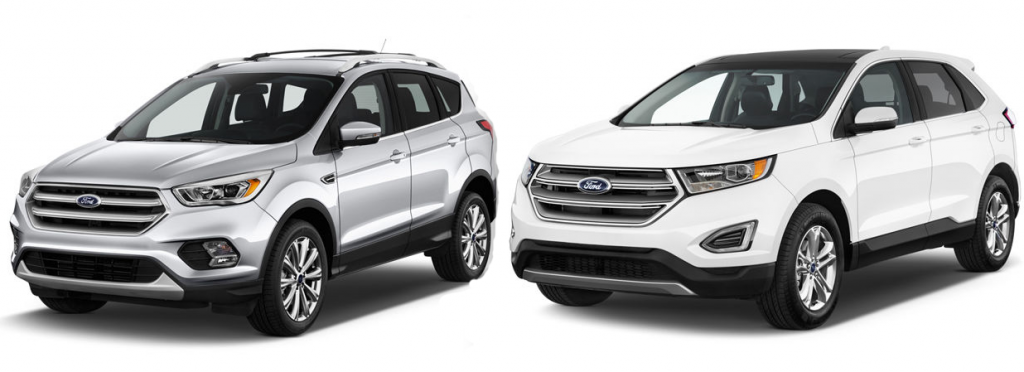
If you have spent any time reading responses to our posts on the Consumer Guide and Collectible Automobile Facebook pages, you may have taken notice of a frequent lament: “New-car colors are dull.”
Fifteen Shades of Gray: How an Industry Brands Dull
And indeed, the American appetite for automotive color has measurably waned. The chart below was produced by PPG, a leading manufacturer of automotive paint, and it clearly lays out what we’ve taken notice of in our daily commutes: The majority of Americans are driving black, white, or silver cars.
Note that there is no category on the PPG chart in which black, white, or silver is not the most popular color. Note also that half of all luxury vehicles are black or white. Red and blue combine for roughly twenty percent of the colors chosen by customers in most categories, and that’s about it. The once-popular gold/beige hues barely register anymore.
Local Color: Unusual Paint Hues at the 2018 Chicago Auto Show
I have long theorized that one reason we don’t see as many colorful new vehicles these days is that car dealers are reluctant to stock them. Dealers are keen to inventory the cars and trucks they believe they can sell quickly, so they can avoid interest payments—referred to as “floor planning” in the industry—on the vehicles that are slow to move.
To confirm my theory, and to get a better handle on the role color plays in the car-buying process, we spoke to John Hennessy, owner of River View Ford in Oswego, Illinois.
John says, “ When I’m paying interest on $5 million worth of inventory, I can’t afford to take chances on a bunch of gold and yellow cars that I might never match with customers.”
John explained that dealers have gotten very good at knowing how to order vehicles appropriate for their respective markets. Thus, dealers tend not to order slow-selling models, especially those in less-popular colors.
“We sell a lot of black, white, and silver cars. We sell some red Escapes and Fusions, and occasionally a blue one. Our F-150 and Expedition customers are especially conservative, color-wise. Those trucks are almost always black, white, or silver.”
For customers looking for other colors, the store can work a “dealer swap,” a process by which the dealership trades another dealership for a specifically equipped car or truck.
“The problem,” John notes, “is that other dealers are just as reluctant to keep slow-moving colors in inventory. Often, we just can’t find certain models in certain colors.”
One thing customers can do is order a car, but that process often proves too time-consuming for most shoppers. “Depending on the model and time of year, ordering a car can take 8-10 weeks—even longer on popular products. Most customers just don’t have the patience.”
It is thus that the palette of available car colors has shrunk over time. Dealers prefer to stock only the most popular-selling colors, and those customers interested in less commonly stocked colors opt out of spending the time necessary to order a vehicle from the factory. In turn, because demand for bolder color offerings is in decline, manufacturers stop offering certain hues.
However, John notes that color still plays a huge role in the car-purchase decision-making process. “I’d say that half of all our customers change their mind about the color they want while they’re here in the dealership. You just can’t fully appreciate a car in a certain color from the images on a website.”
John shares this story about a long-time repeat customer: “One of our regular guys—been buying cars from River View for 27 years—had me order a white Ford Edge with a tan interior. This took a little work but we got the truck and he came in to pick it up. On his way to my office he notices a Fusion in the showroom. ‘What color is that?’ he asked. The car was Burgundy Velvet. As we sat down to do his paperwork on the Edge he asked, ‘Do you mind if I take that car for a drive?’
Long story short, my long-time Edge customer opted to buy that Fusion right off the showroom floor, because he loved the color. He couldn’t apologize enough for putting us through the work of ordering the Edge, but we were just happy that he ended up in a car he really appreciated.”
Asked if he thought any color was becoming more popular, John suggested that perhaps blue was on the rise, but colors like gold were still of low interest. “Really, I’m not seeing much change. I think we’ll be selling a lot of black, silver, and white cars for a while.”
As for buying a common car in an uncommon color, unless you’re prepared to order your car and wait several weeks—or perhaps a couple of months—for delivery, you may just have to take what’s on the lot.